In 2005, 16-year-old Megan King went to gym class like any normal teenager. However, after diving for a soccer ball and getting hurt in a fall, her life changed forever. While an injury sustained playing soccer is common for people her age, she injured her ankle and tore muscles across her shoulder blades according to The Daily Mail. While healing takes time, doctors were wondering why she was still on crutches after over a year.
King’s health was deteriorating, with muscles tearing and joints weakening, including her spine. After ten years and over 20 surgeries, she was officially diagnosed with hypermobile Ehler's-Danlos syndrome (hEDS), a genetic disorder that weakens connective tissues between the joints. That would explain why in 2016, when a doctor tried to remove the protective Halo brace from her head, her skull nearly fully detached from her body internally. In other words, her head was nearly decapitated from the inside.
“I flew my chair back to keep gravity from decapitating me. My neurosurgeon had to hold my skull in place with his hands. I couldn't stand. My right side was shaking uncontrollably,” she told reporters.
She had emergency surgery to fuse her skull back to her spine. She woke up unable to move her head. In 2025, after additional years of physical therapy, medical care, and her 37th surgery, King is now fully able to stop worrying about spinal connection issues. She can live freely now. Well, mostly freely.
“I’m literally a human statue,” she said. “My spine doesn’t move at all. But that doesn’t mean I’ve stopped living.”
In order to keep her body stable, surgeons had to permanently fuse King’s entire spine, from the base of her skull down to her pelvis. Now age 35, she can no longer bend, twist, or slouch with her fused spine. She cannot even move her head in any direction, just face forward. But that’s not stopping her from enjoying and experiencing life, such as going bowling with her friends.
“I bowled a strike—on my very first try. My friends screamed and clapped and cheered like wild. They weren’t just celebrating the strike. They were celebrating everything I’ve survived,” King recalled. “I’m still learning what my new body can do. It’s not easy, but I’m adapting. And I’m always surprised by what I can still accomplish.”
One can admire King’s determination to not let her medical issues get in the way of trying to live her life to the fullest. It’s not easy. There are studies that link lack of mobility to an increase of clinical depression. King didn’t just have to battle her body to live, but survive a mental battle as well. With her Ehler's-Danlos syndrome, she had to adapt to a new kind of living, but it was still living.
@skyrhimusic Slowly coming back to life yall. Heres some shit that i had to figure out for myself that really helps my #ehlersdanlossyndrome #hypermobility #hypermobileehlersdanlossyndrome #ehlersdanlossyndromecheck #elhersdanloswarrior
Being open to adapting to her new reality, seeking aid when needed, and exercising to achieve more independence couldn’t have been easy, but it’s what helped King reach a point where she can find joy in her life. That, along with the support of her friends, family, and physicians, has brought her to this point, and it’s how a person can live a fuller life despite significant limitations. As time passes, more innovations in the healthcare industry are being developed to help individuals regain mobility, such as exoskeletons designed to strengthen knee joints and hips.
It took a lot of time and work for Megan King to bowl again. But while she had more gutter balls than most people have in their lives, that didn’t stop her from knowing she had more frames to roll.








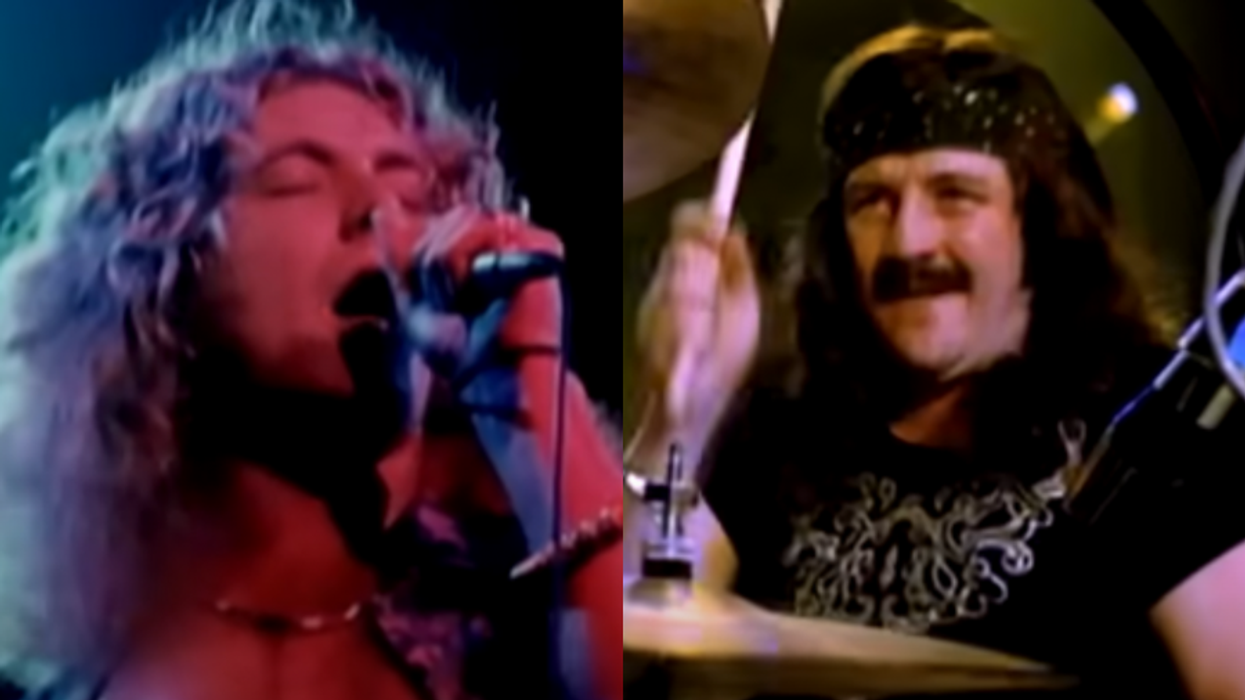

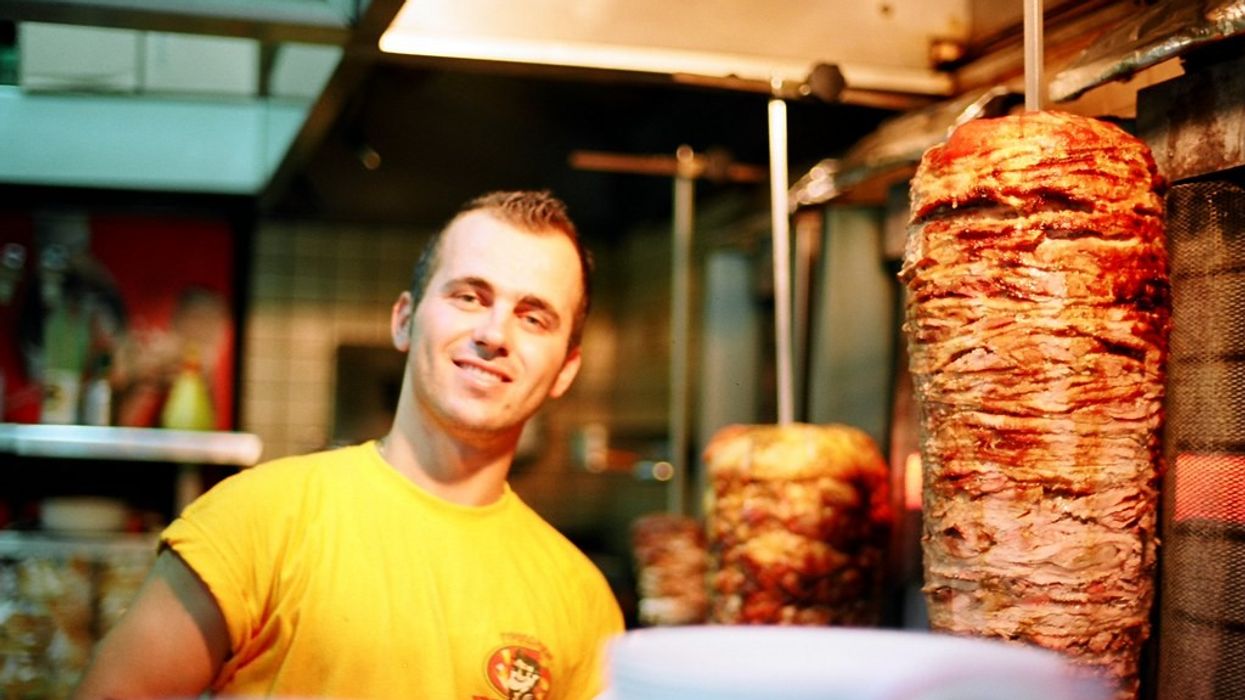





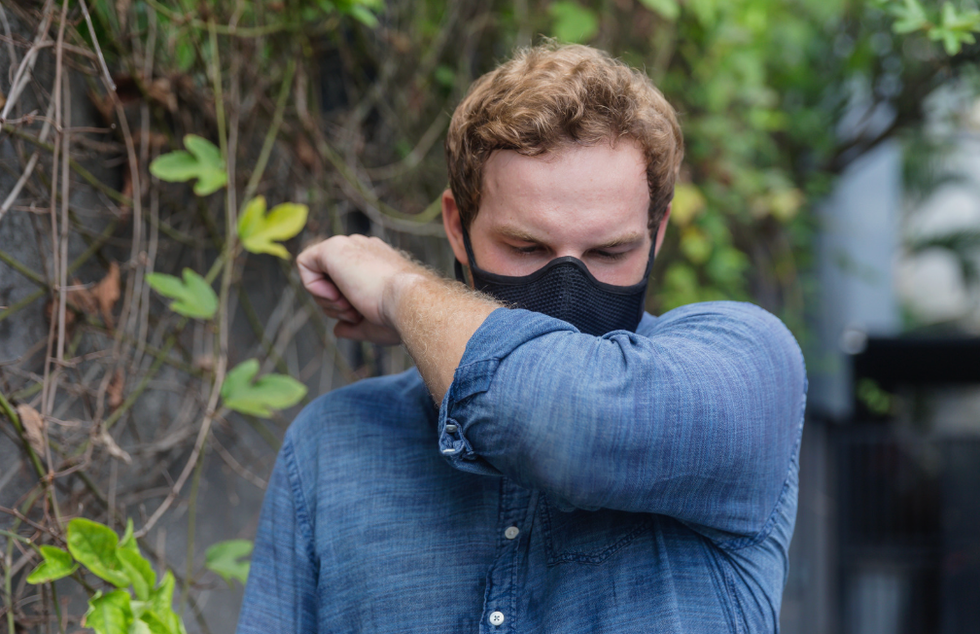 You cannot be too careful when trying to prevent the spread of the flu.Photo credit: Canva
You cannot be too careful when trying to prevent the spread of the flu.Photo credit: Canva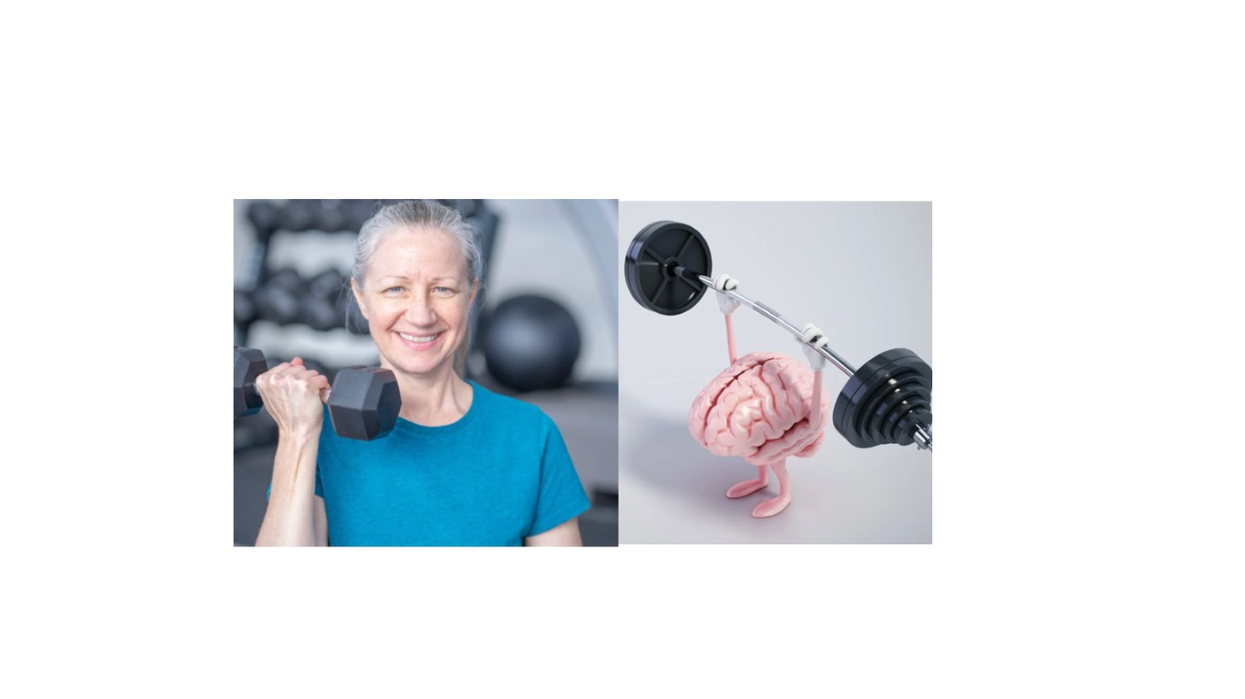
 Big Brain GIF by Jay Sprogell
Big Brain GIF by Jay Sprogell
 Shake It Off Wet Dog GIF by BuzzFeed
Shake It Off Wet Dog GIF by BuzzFeed
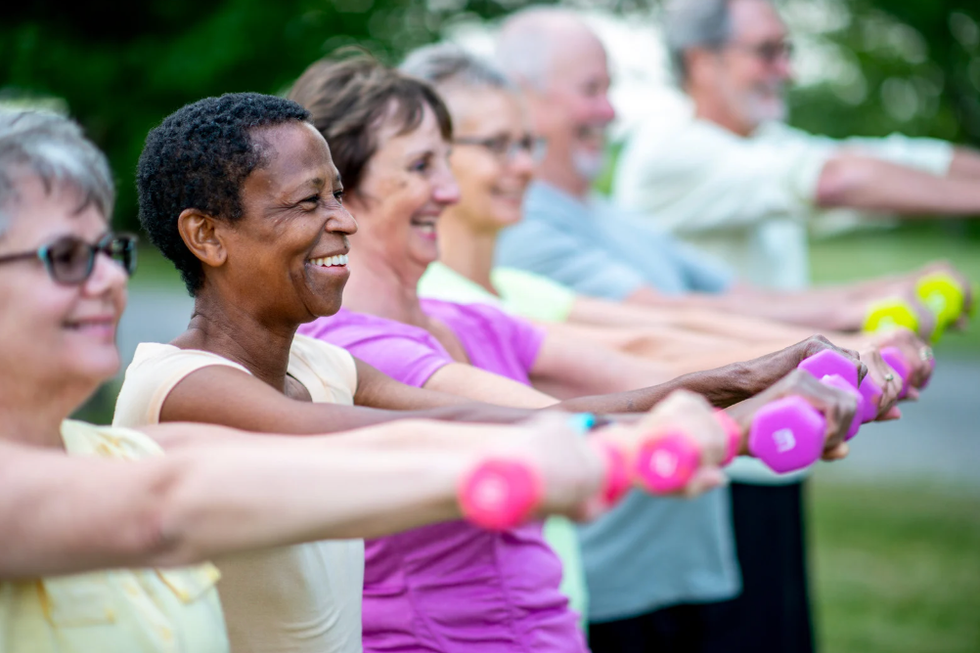 Working out with friends also makes exercise more enjoyable (and feel quicker).Photo credit: Canva
Working out with friends also makes exercise more enjoyable (and feel quicker).Photo credit: Canva
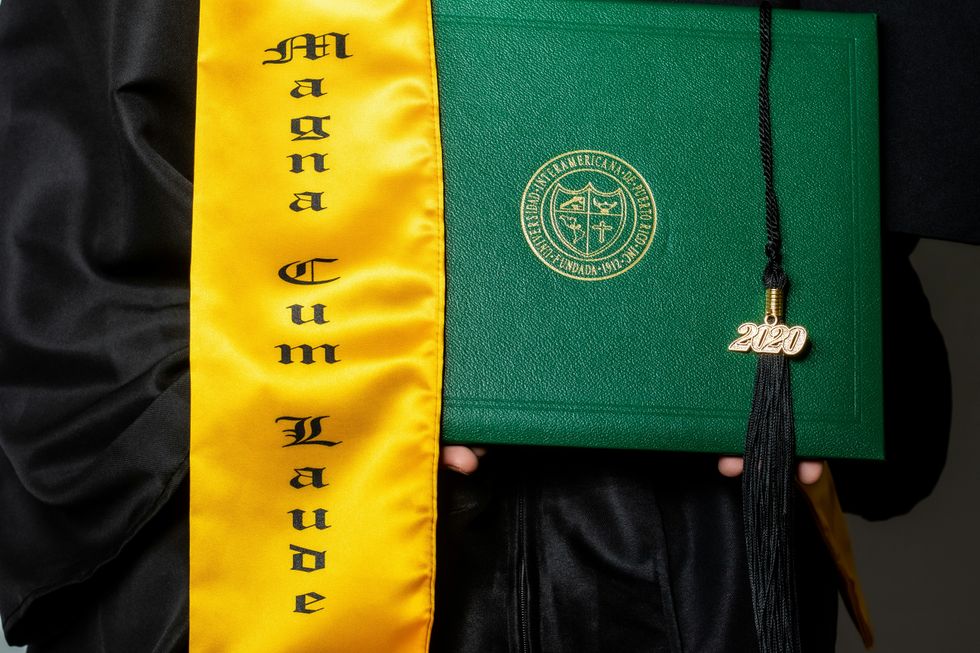 People with Imposter Syndrome can't accept their achievements.
Photo by
People with Imposter Syndrome can't accept their achievements.
Photo by  Emotion Feeling GIF by Quilt
Emotion Feeling GIF by Quilt Psychologist - Free of Charge Creative Commons Notepad 1 image
Psychologist - Free of Charge Creative Commons Notepad 1 image
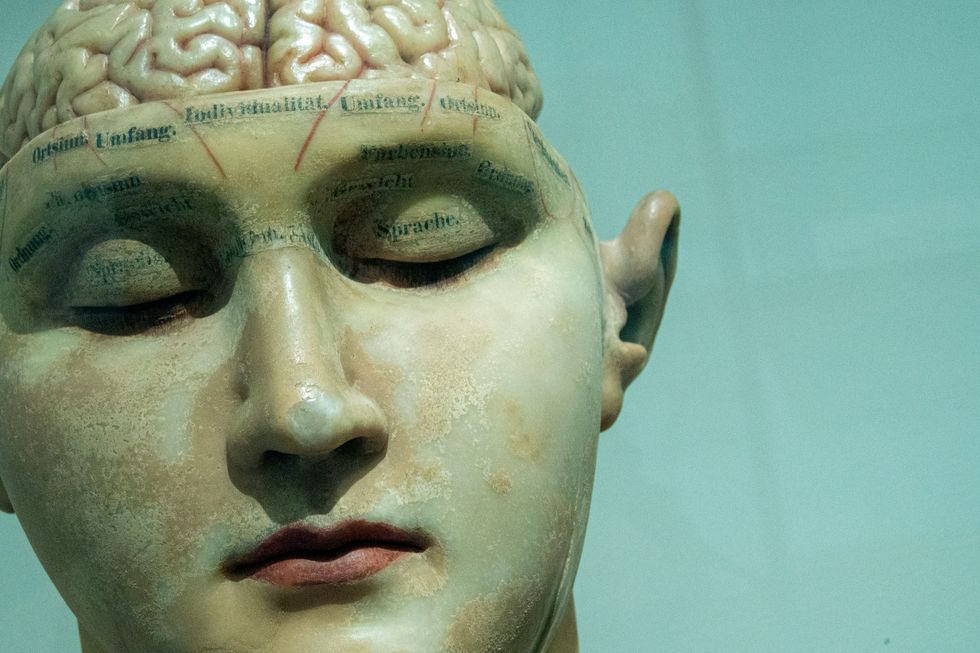 Human anatomy model.
Photo by
Human anatomy model.
Photo by 
 Socks warm your feet, but cool your core body temperature.Photo credit: Canva
Socks warm your feet, but cool your core body temperature.Photo credit: Canva
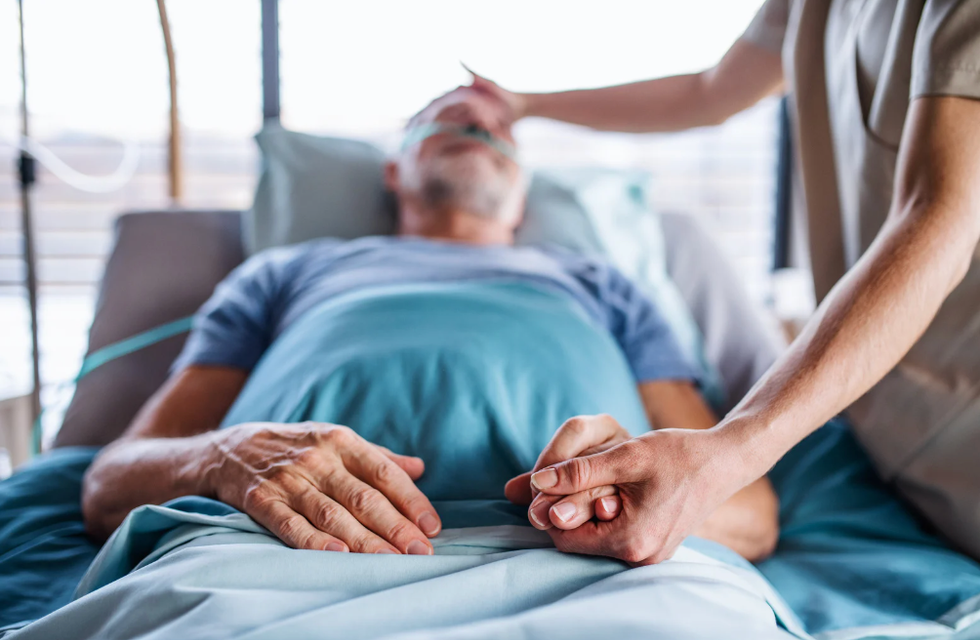 A new t-shirt could open up more hospital beds for patients.Photo credit: Canva
A new t-shirt could open up more hospital beds for patients.Photo credit: Canva Wearable solutions could be revolutionary.Photo credit: Canva
Wearable solutions could be revolutionary.Photo credit: Canva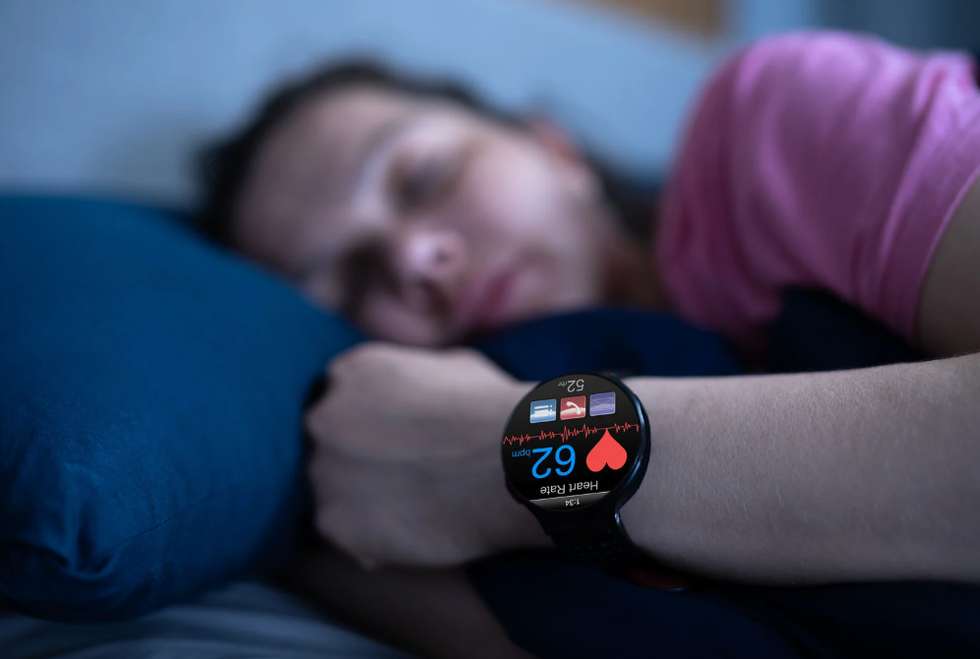 Many wearable tech devices could help you monitor your health.Photo credit: Canva
Many wearable tech devices could help you monitor your health.Photo credit: Canva